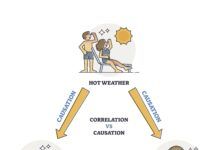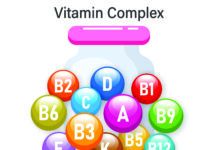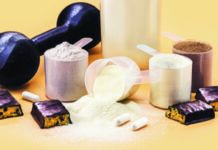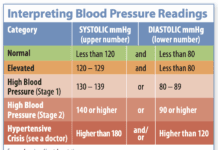A. Nicola McKeown, PhD, director of the nutritional epidemiology program at Tufts’ Friedman School and a scientific advisor to the Whole Grains Council, answers: “Whole wheat flours are readily available in our grocery stores and, in most cases, can be easily identified by text on the front of the package or ingredient list. Flours with text such as ‘traditional whole wheat flour,’ ‘100% whole wheat flour,’ or ‘white whole wheat flour’ indicates that it is, indeed, a whole wheat flour. On the other hand, the lack of the word ‘whole wheat’ or descriptions such as ‘enriched white flour’ or ‘all purpose flour’ point towards a refined white flour (i.e. whole wheat flour that has been milled to remove the nutrient-rich outer bran and inner germ layers).
“Perhaps what’s a little confusing for shoppers is determining whether ‘white whole wheat flour’ is, in fact, a whole wheat flour. Its white appearance makes it look like a refined flour, and this is because this flour is made from a wheat variety whose outer bran is lighter in color. Taking a look at the first ingredient on the package will help dispel any of your doubts – it should clearly state ‘white whole wheat flour.’
“Substituting whole wheat for white flour into your baking and cooking practices offers some variation to the taste and texture of your dishes and, at the same time, increases the dietary fiber in your diet. Try it, and see if you can tell the difference.”





















